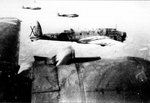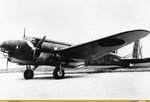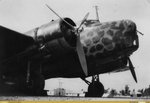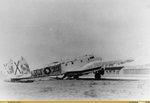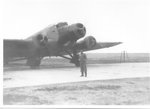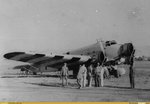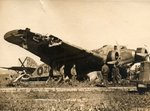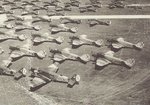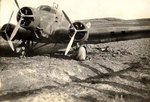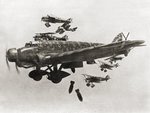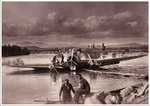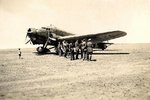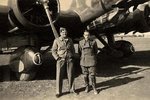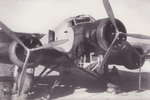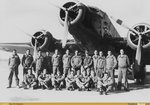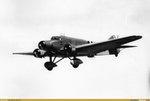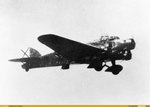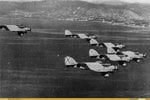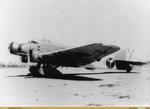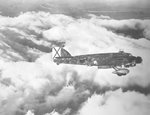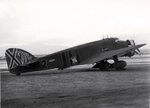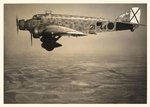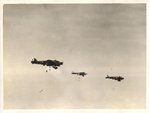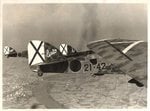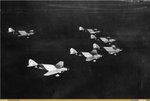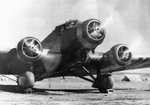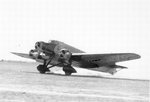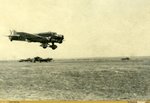vikingBerserker
Lieutenant General
This is some really good stuff fellas.
Follow along with the video below to see how to install our site as a web app on your home screen.
Note: This feature may not be available in some browsers.
Ad: This forum contains affiliate links to products on Amazon and eBay. More information in Terms and rules
I think you are right concerning the nationalist fury; it sound to me very strange that it wouldnt be operationaly used during the war, so I think your sources are much better than mine. Concerning the republican fury, I have two or three pictures that I have already posted in my thread "Republican fighters of the Spanish Civil War". In any case as sonn as I finish this, I will make a new thread about the F.A.R.E.
Great Photo Collection. Do you by any chance have any photos of USN Moths ?
